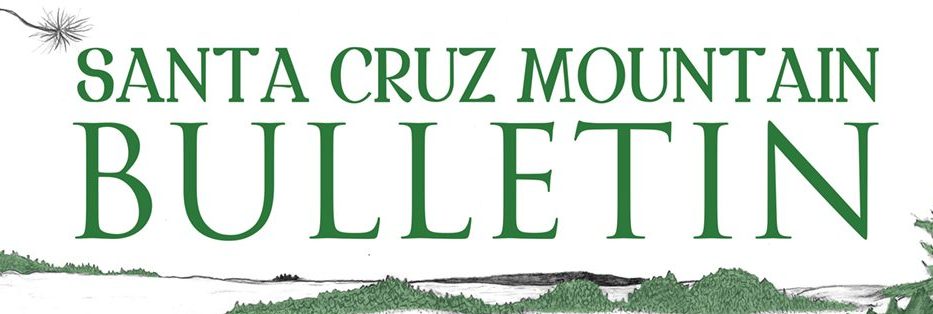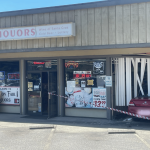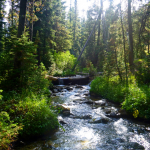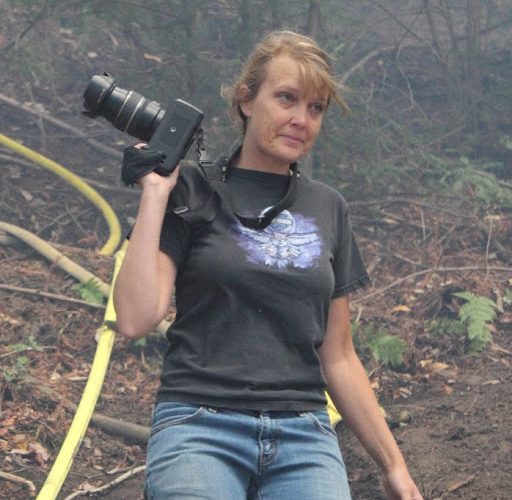By MJ Stearns & Marybeth McLaughlin
Beginning July 1, 2021, the seller of a property in high or very high fire hazard zones shall provide documentation to the buyer stating that the property is in compliance with laws pertaining to state law defensible spaces (Public Resources Code 4291**) or local vegetation management ordinances. The new law will require maintaining a defensible space of 100 feet from each side and from the front and rear of a structure, but not beyond the property line. Building material, building standards, location, and type of vegetation will determine the amount of fuel modification needed. Also, fuels must be kept in such a condition that a wildfire burning under average weather conditions would be unlikely to ignite the structure. The new addendum you’ll see if buying or selling has 5 sections: 1. Fire Hardening and Defensible Space Advisory Defensible space, coupled with home hardening, is essential to improve your home’s chance of surviving a wildfire. Defensible space is the buffer you create between a building on your property and the grass, trees, shrubs, or any wildland area that surround it. This space is needed to slow or stop the spread of wildfire and it helps protect your home from catching fire — either from embers, direct flame contact or radiant heat. Proper defensible space also provides firefighters with a safe area to work in to defend your home. Plant and Tree Spacing
2. Fire Severity Zone
3. Fire Hardening Disclosure
4. Defensible Space Requirements
5. Final Inspection Report
The spacing between grass, shrubs, and trees is crucial to reduce the spread of wildfires. The spacing needed is determined by the type and size of brush and trees, as well as the slope of the land. For example, a property on a steep slope with larger vegetation requires greater spacing between trees and shrubs than a level property that has small, sparse vegetation.
Proper landscaping for wildfire isn’t necessarily the same thing as a well-maintained yard. This type of landscaping focuses on plant characteristics, properties and maintenance to resist the spread of fire to your home.
The disclosure of a list of features that may make the home vulnerable to wildfire and flying embers if the seller is aware is required. The list includes, among other things, untreated 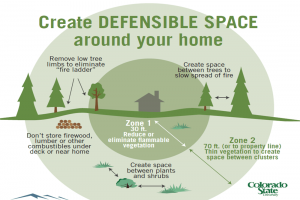 wood shingles, combustible landscaping within five feet of the home, and single-pane glass windows.
wood shingles, combustible landscaping within five feet of the home, and single-pane glass windows.
The good news is that you don’t need to spend a lot of money to make your landscape wildfire-resilient and reduce the risk to your home. Through proper planning and routine maintenance, you can conserve water and create a beautiful landscape.
